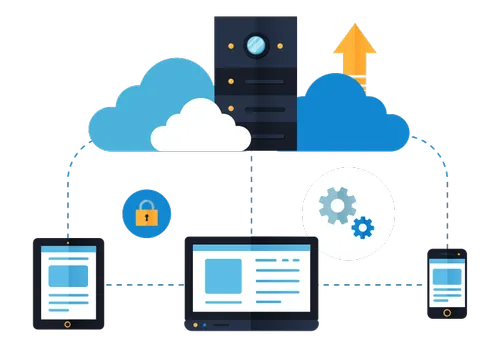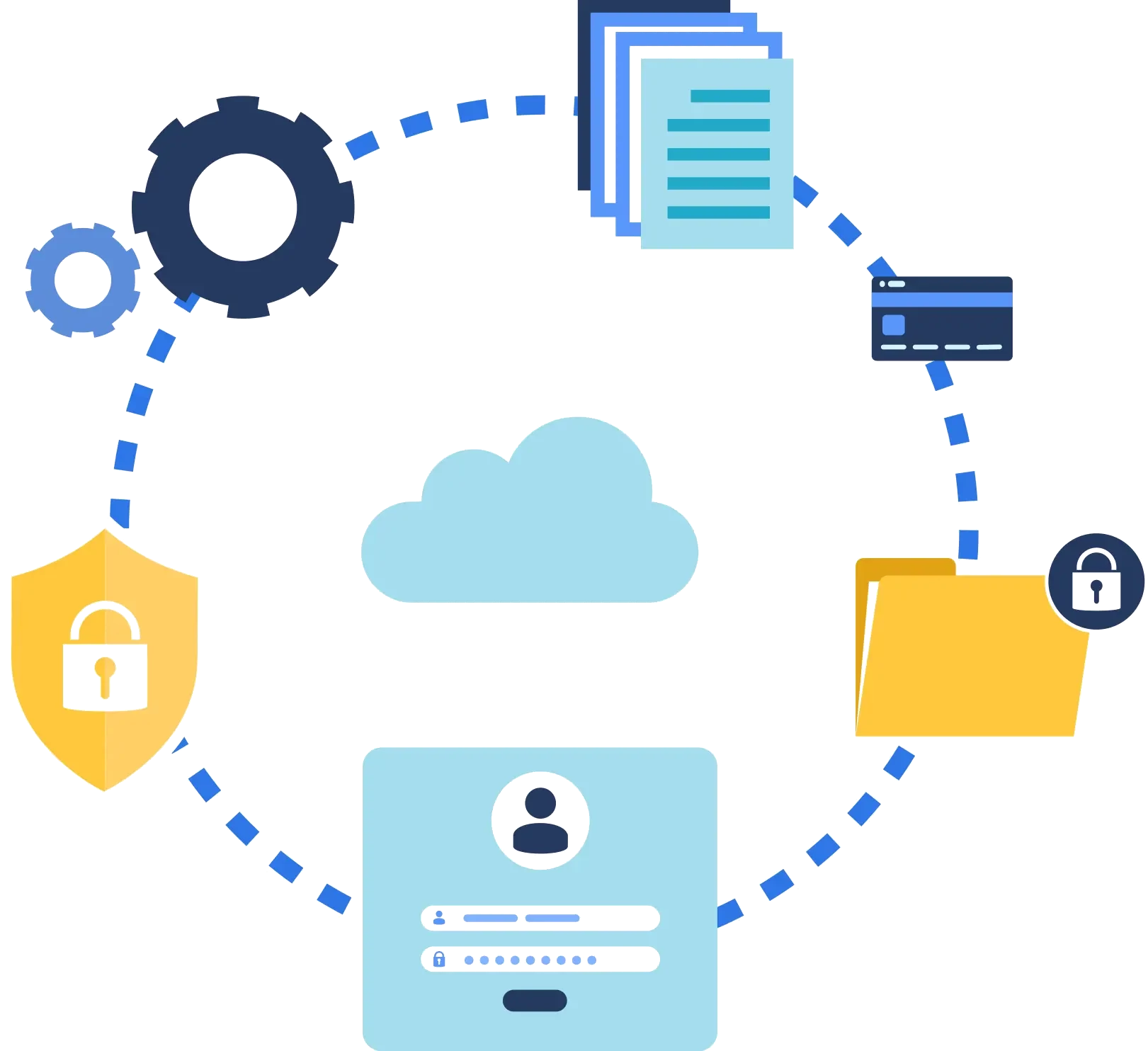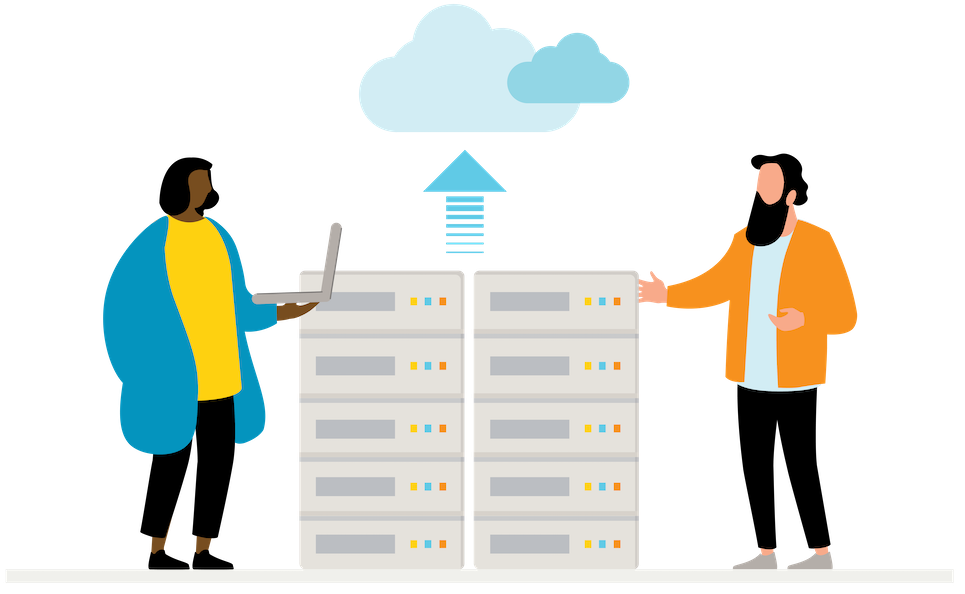IT Helpdesk Support Services
Elevate Your Business with Cloud Migration Services
In the fast-paced and ever-evolving landscape of digital business, the need for robust IT support is more critical than ever. At I2G, we redefine IT Helpdesk Support Services, transforming them into a strategic asset that not only resolves immediate issues but propels businesses toward unprecedented efficiency, productivity, and sustained growth.

Elevate, Innovate, and Scale with Seamless Cloud Migration Services.


Explore the Pinnacle Features of Our Cloud Migration Services
Seamless transitions, data security, and scalability – our cloud migration services redefine efficiency for your business evolution.

Elevate, Innovate, and Scale with Seamless Cloud Migration Services.

Overcoming Challenges with Expert Guidance and Strategic Solutions.
Legacy System Integration
Migrating from legacy systems poses unique challenges. Our experts specialize in seamless integration, ensuring a smooth transition without compromising functionality or data integrity.
Security and Compliance
Security and compliance are non-negotiable. We prioritize the implementation of industry-leading security measures and ensure that your cloud migration aligns with relevant compliance standards, providing you with peace of mind.
User Training and Adoption
A successful cloud migration extends beyond technology to user adoption. We provide comprehensive training programs to ensure that your team embraces the new cloud environment, maximizing the benefits of the migration.

As a leading provider of cloud migration services, I2G stands at the forefront of digital transformation. Our commitment to excellence, security, and innovation ensures that your journey to the cloud is not just a migration but a transformative experience.
